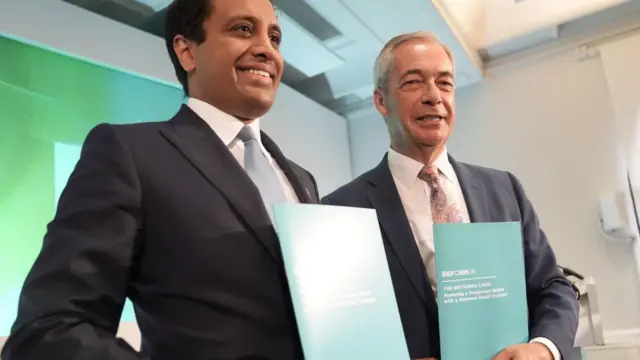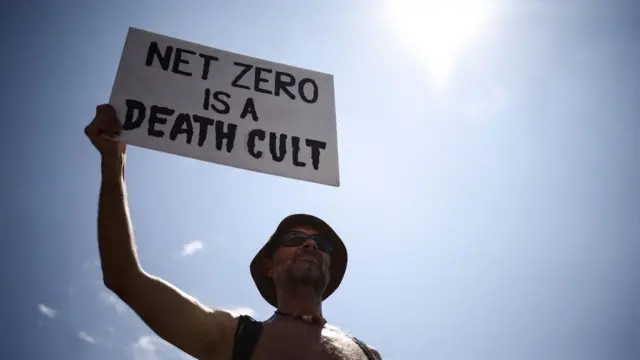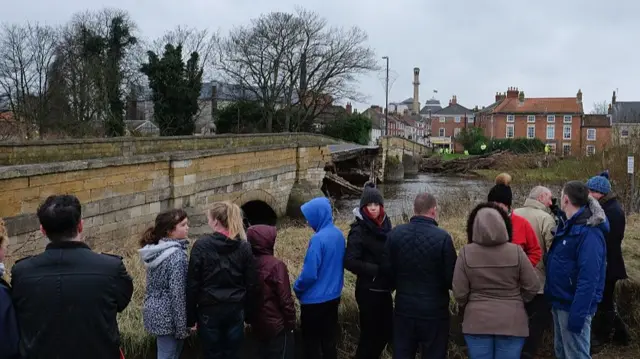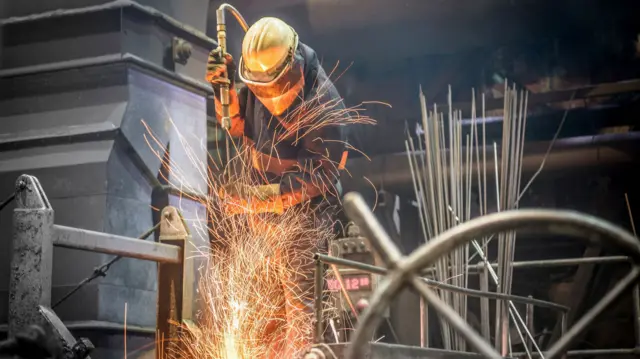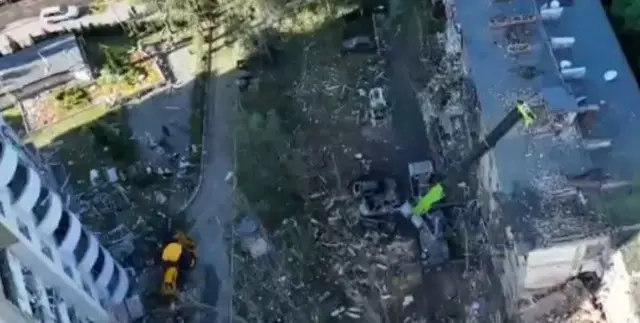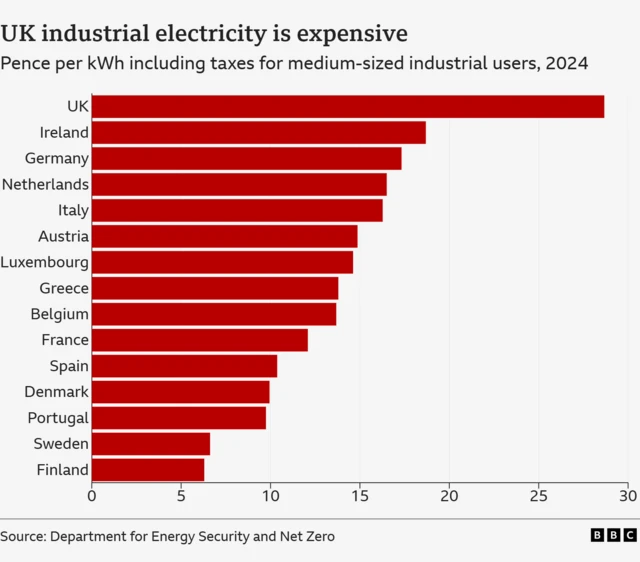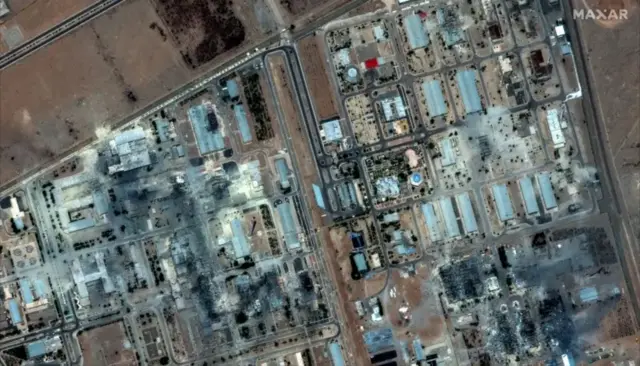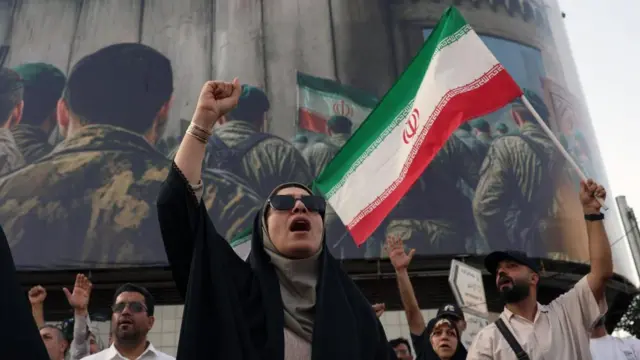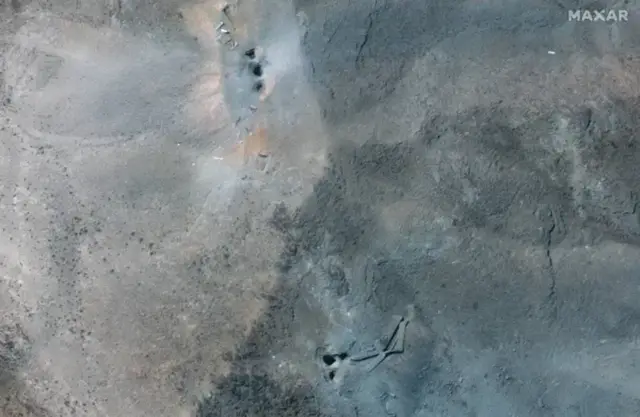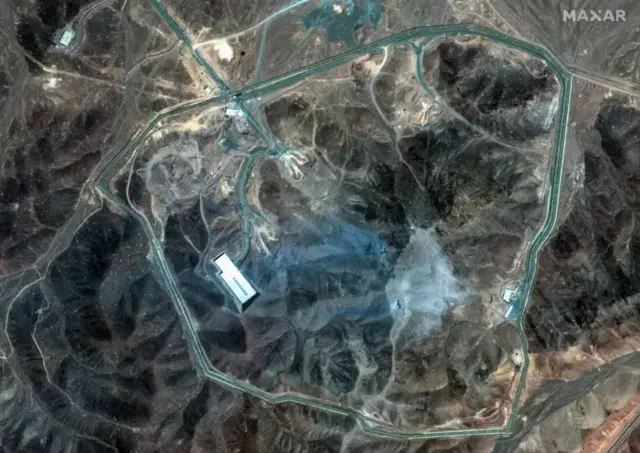Still watching Iran and Israelpublished at 17:45 BST 23 June
 Anthony Reuben
Anthony Reuben
BBC Verify senior journalist
We’re closing this live page now, but there’s plenty more still to come from the team this evening.
Our late team will be continuing to monitor Iran and Israel and further remarks from the US, and they’ll be contributing to this live page.
There’ll also be further analysis of the UK government’s 10-year industrial strategy, which has just been outlined in the House of Commons.
The measures, which could slash energy bills by up to 25% for more than 7,000 UK businesses, have been unveiled alongside other plans aimed at boosting growth.
Verify Live will be back on Tuesday.


